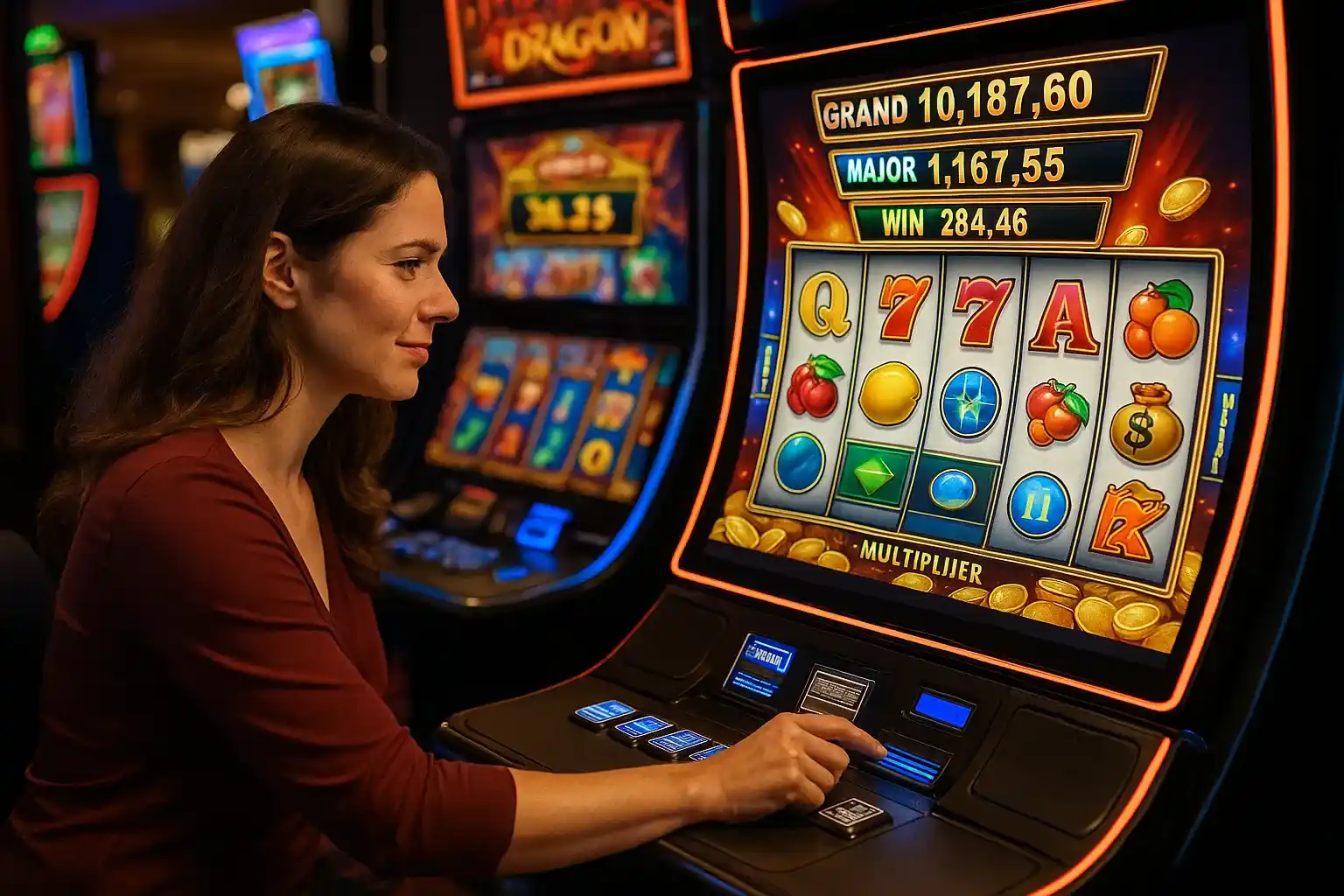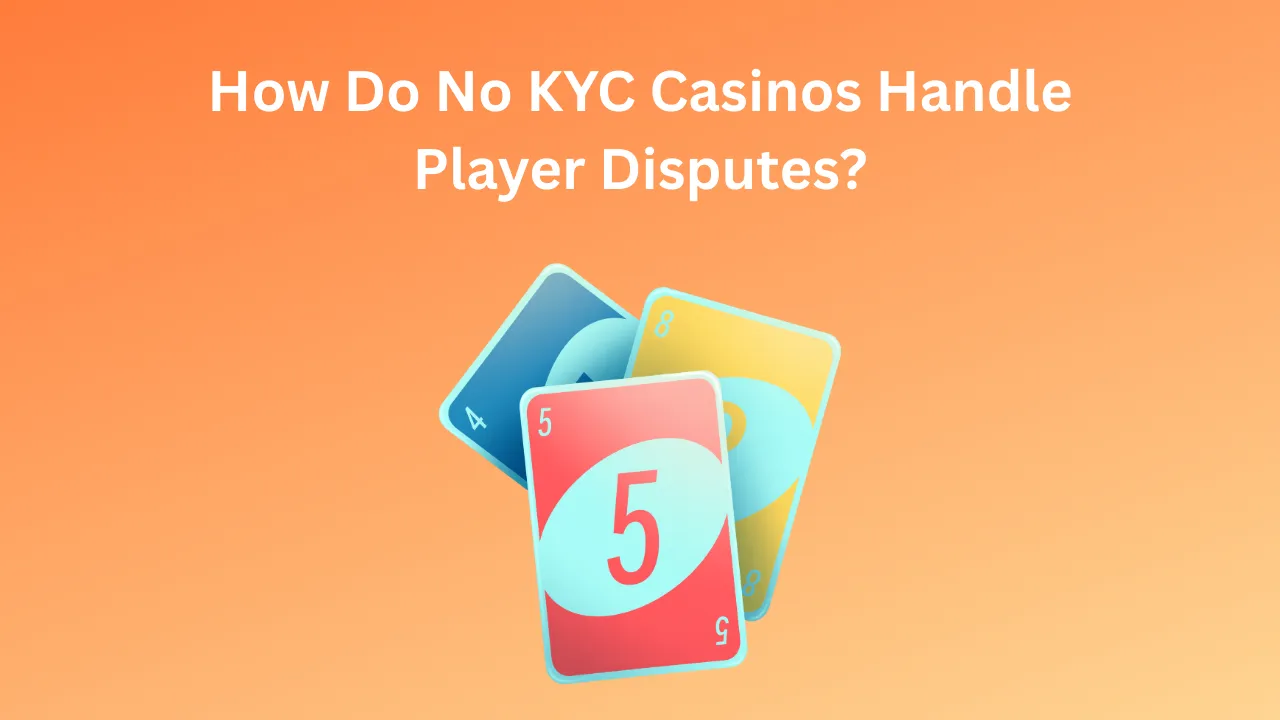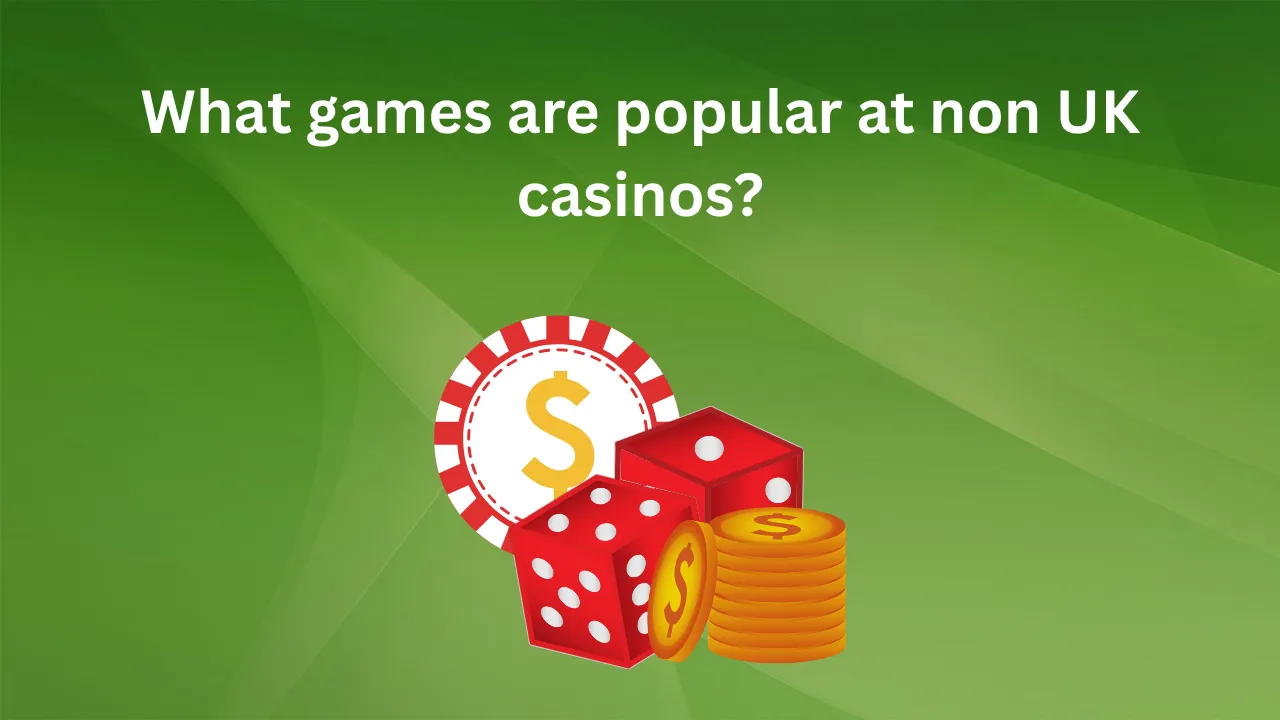The first time I really noticed a slot “getting” me was during a random Tuesday lunch break. I’d planned on a five-minute spin just to clear my head; forty minutes later I was still chasing one more scatter because the game had quietly layered progress bars, mystery symbols, and a “one free respin” tease on me. That wasn’t an accident. Modern slots are engineered with features that flip a casual dabble into a repeat habit—sometimes for better, sometimes for worse.
I’ve spent the last few years tracking which mechanics actually make players come back. Not the flashy trailers or the influencer hype, but the features that survive after the novelty wears off. Along the way, I also learned a hard truth: if your winnings get stuck in a slow cashier queue, the magic dies fast. That’s why I keep a running list of fast payout online casinos uk and trim it ruthlessly; loyalty is a two-way street, and instant withdrawals are part of the deal.
What Really Hooks a “One-Spin” Player?
Casual players arrive curious, cautious, and usually underbankrolled. They’ll forgive a dry spell if the game gives them tiny reasons to stay engaged: a meter that inches forward, a near-miss that feels fair (not rigged), a surprise modifier that doesn’t require a 200x bet. The key is perceived momentum. Slots that communicate “you’re building toward something” convert dabblers into regulars because nobody wants to leave when a meter is 80% full.
Progression That Doesn’t Feel Like Homework
I’m seeing more games with multi-level free spins (unlocking better reels the more you play) or collectible tokens that trigger bonus rounds after a threshold. The trick is balance: if filling that meter feels like a second job, casuals bounce. If it pops often enough to feel alive, they’ll come back tomorrow to see what’s next.
Volatility, Transparency, and the “Just Right” Risk
Casuals don’t usually sit down looking for a 20,000x hit with 800 dead spins in between. They want excitement, sure, but they also want feedback. Medium volatility with layered mini-wins keeps dopamine flowing without burying the bankroll. When I test a new slot, I play 100 spins at a flat stake and jot down the hit frequency, average win, and “interesting moments.” Games that hit often, even for small amounts, create micro-rewards that keep casuals engaged long enough to experience the headline feature.
Honest Maths, Clear Rules
The slots that convert best explain themselves cleanly. If your free spins have multipliers tied to collected symbols, show me that progression on-screen. If there’s a bonus buy, tell me the RTP shift. Casuals don’t read paytables like pros, so designers have started overlaying key info directly onto the reels. That tiny UX tweak keeps people from bouncing.
The Power of Near-Misses and Teasers (Used Responsibly)
Near-miss psychology is controversial for a reason—it works. Hearing that bonus jingle stutter and seeing two scatters land is maddening, but if the game follows with a compensating mechanic (e.g., a “second chance” respin or a token toward a guaranteed feature), the miss turns into momentum instead of frustration. I personally stick with games that acknowledge the tease by giving me something—even a small credit or a symbol upgrade. Empty teases feel cheap; rewarding teases feel fair.
Mystery Symbols, Expanding Wilds, and Micro Surprises
Casuals love low-effort excitement. Mystery stacks that reveal themselves after the spin, expanding wilds that trigger spontaneously, or random boosters that jump out in base game spins all deliver that “oh!” moment without requiring big bets. These are low-friction dopamine hits—exactly what keeps someone spinning during a coffee break.
Social Proof, Community Goals, and Shared Jackpots
One thing brick-and-mortar slots have over online is the crowd effect. You hear someone hit a bonus, you feel FOMO. Online studios are catching up with community meters that charge when everyone bets, daily drop jackpots that will fall before midnight, and leaderboards that showcase recent big wins. I return to certain titles because I know the “must-drop” pot is close or the community bonus is 90% filled. Casuals become regulars when they feel part of a live, moving ecosystem—not isolated in a spin silo.
Persistent Worlds and Franchise Loyalty
Think of games like “Book of…” series or Megaways franchises. Casuals stick around when the sequel feels familiar but adds a twist. Persistent worlds—where your unlocked features carry over session to session—build attachment. I’ve found myself picking the same developer’s new releases purely because I know their rhythm and reward cadence.
Bonus Buys and Controlled Experimentation
Bonus buys used to be high-roller territory, but more studios are offering “mini buys” or discounted feature triggers. Casuals love to test the headline mechanic without committing hundreds of spins to trigger it naturally. One of my regular rotations offers a “Feature Teaser” for 20x stake—just one spin with boosted odds. That became my gateway to the full game once I understood how satisfying the bonus sequence actually was.
Free Spins with Choice = Ownership
Give a casual player a choice—more spins with lower multipliers or fewer spins with a huge multiplier—and you’ve just made them a strategist. Ownership breeds loyalty. I’ve watched friends become “regulars” in a single night because a game let them tailor the bonus to their risk appetite, then delivered on that promise.
Audio-Visual Feedback: More Than Just Pretty Lights
A casual might not articulate why they prefer one slot over another, but I guarantee the score and reel cadence matter. Crisp, responsive audio cues (a distinct ping for a scatter, a rising tone as multipliers climb) create emotional anchors. When those cues are consistent, players register progress subconsciously. Compare that to muddy sound design where every win sounds the same and you’ll see why some games just don’t “feel” rewarding even when they pay.
Mobile-First Ergonomics
A massive chunk of casual spins happen one-handed on a phone. Games that cram too much tiny text or require double-taps to confirm bets frustrate newcomers. The titles that I see stickiest among friends are the ones with oversized spin buttons, swipe-friendly stake adjusters, and vertical mode layouts that don’t make you tilt your head.
Loyalty Loops Outside the Reel Window
Regulars aren’t made only by what happens on the reels. Daily login credits, missions (“Win 5 times in a row to unlock a pick game”), and season passes that gently reward cumulative play turn a slot into a hobby. I’m wary of battle passes that feel grindy, but tasteful missions that nudge you to explore features do work. If you’re a casino operator, pairing these loops with instant withdrawals is the secret sauce—nobody wants to grind missions when they fear their winnings are locked for a week.
Responsible Play Tools Keep Players… Playing
Here’s the paradox: giving people easy ways to stop makes them trust you enough to stay. Reality-check popups, session timers, and loss limits that are simple to set keep casuals from burning out in a streak of bad luck. The games and casinos I recommend most aggressively are the ones that make bankroll control painless. When a friend asks me what to play, I point them to platforms that blend great features with honest guardrails—because a player who feels safe is a player who returns.
The Features That Consistently Convert (From My Notes)
After logging hundreds of sessions and tracking which games I (and friends) revisited, these mechanics show up again and again:
Progress meters with frequent, meaningful milestones—not just one massive goal.
Mystery or transforming symbols that resolve after the spin, creating suspense.
Community jackpots or “must drop” timers that force shared anticipation.
Player agency in bonuses—choosing volatility profiles or upgrade paths.
Transparent maths and visible RTP shifts for things like bonus buys.
Fair near-miss compensation (second-chance respins, token rewards).
Fast, frictionless cashouts and crystal-clear cashier pages—outside the game but vital to loyalty.
Notice how most of these aren’t about eye candy—they’re about communication, momentum, and respect for the player’s time and money.
Final Spin: Designing for Humans, Not Just Hits
Turning casuals into regulars isn’t about tricking anyone. It’s about giving them reasons to feel smart, safe, and entertained. The slot industry’s best recent innovations lean into clarity and agency, not obfuscation. When you combine that with operators who let you cash out without drama, you create an ecosystem where coming back tomorrow feels like a choice, not a compulsion.
For players, my advice is simple: pay attention to how a game talks to you. Do you understand what you’re chasing? Are you getting micro-rewards that feel fair? Can you walk away with your winnings quickly and easily? If the answer to those is yes, congrats—you’ve probably found one of the rare slots that deserves a spot in your regular rotation.








